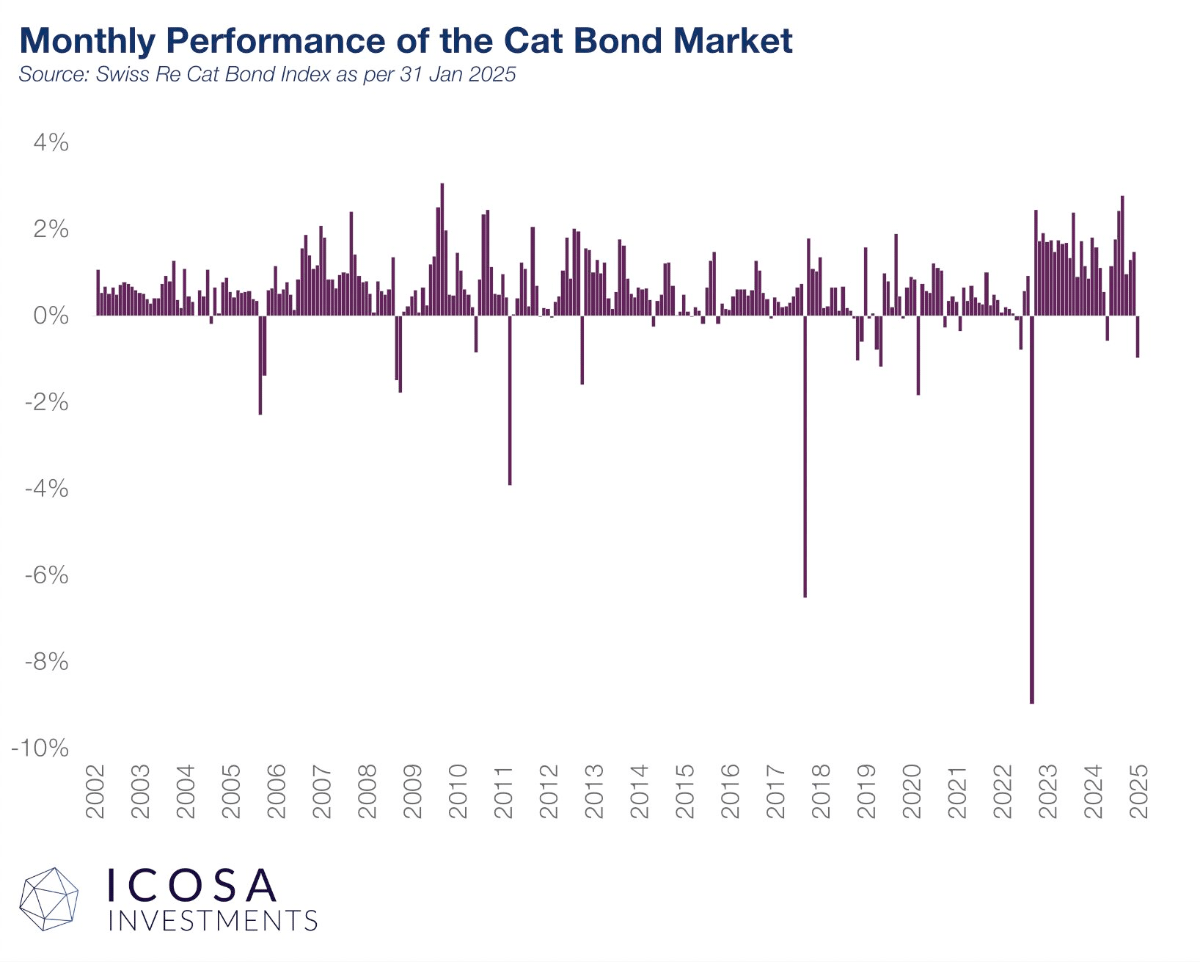US primary insurance company Travelers has further increased the amount of protection it receives under its occurrence catastrophe excess-of-loss (XoL) reinsurance treaty to $3.675 billion at the January 1st renewals, but the retention rose to $4 billion as a lower layer was dropped.
A year ago, Travelers grew the catastrophe reinsurance treaty by a significant 76%, from 2022’s $2 billion, by 76% to provide $3.525 billion of cover for 2024.
Last year’s arrangement had a $3.5 billion retention, with the lower layer featuring some reinsurance alongside co-participation.
At the January 2025 renewal, the lower layer has not been renewed, meaning Travelers main catastrophe XoL retention for 2025 stands at $4 billion this year.
Instead, Travelers has now completely filled the upper-layer of its tower with private market reinsurance, eliminating a 50% co-participation in that layer between $7.5 billion and $8 billion of losses and driving the increase to $3.675 billion of protection.
You can see Travelers’ new 2025 corporate catastrophe excess-of-loss reinsurance tower below, alongside the prior year treaty:

Travelers 2025 corporate catastrophe tower covers the the accumulation of property losses arising from one or multiple occurrences, providing for a recovery of up to $3.675 billion across $4 billion of qualifying losses, in excess of a $4 billion retention and with each qualifying loss after a $100 million deductible.
Travelers continues to have $575 million of reinsurance in-force from its most recent catastrophe bond, the Long Point Re IV Ltd. (Series 2022-1) issuance from May 2022 that matures at the start of June 2026.
The insurer also has a range of reinsurance in-force that it renews at the mid-year, which last year included more northeast catastrophe reinsurance protection.
As a reminder, Travelers opted not to renew its aggregate catastrophe reinsurance treaty in January 2023 and has not added any main aggregate cover back at this most recent January renewal, it seems.
Earlier today, Travelers reported improved underwriting results for both the fourth quarter and full year 2024, as an increase in net favorable prior year reserve development more than offset a rise in catastrophe losses for both periods.
Read all of our reinsurance renewal news coverage.





















 English (US) ·
English (US) ·